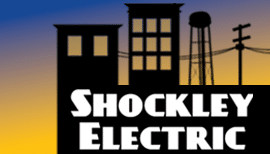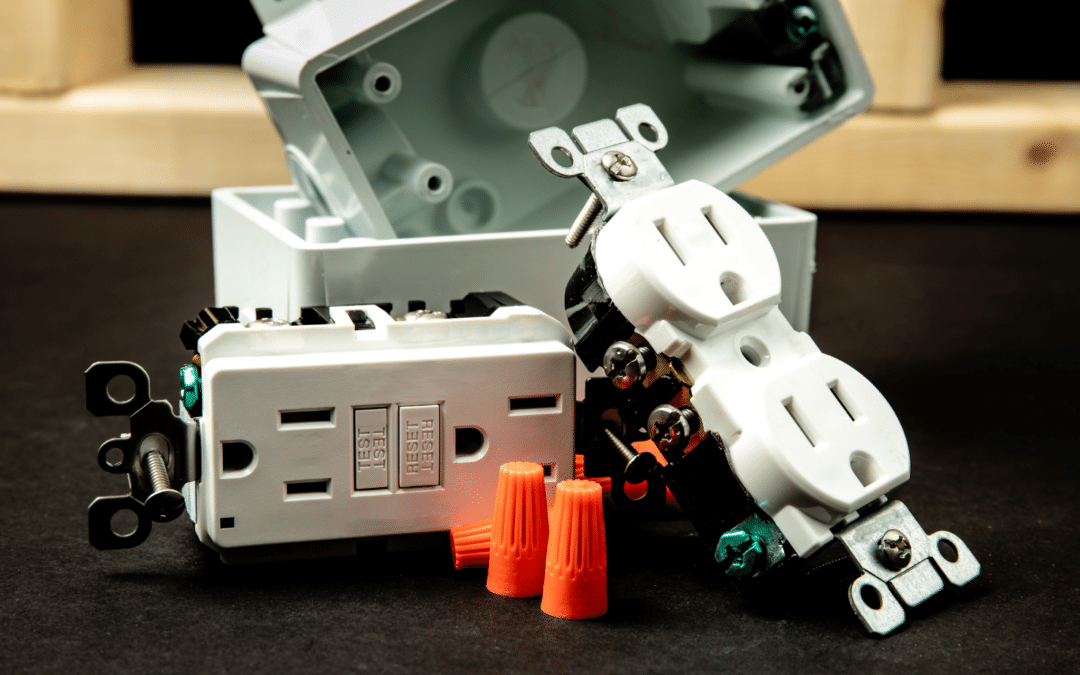In 2021, the average annual electricity consumption for a U.S. residential utility customer was 10,632 kilowatt-hours (kWh), or about 886 kWh per month. Depending on where you live and the weather patterns in your region, it can be less or more. For example, the US Energy Information Administration reported that Louisiana had the highest annual electricity consumption at 14,302 kWh per residential customer in 2021, and Hawaii had the lowest at 6,369 kWh. Georgians use about 1,081 kWh per month, with monthly bills averaging $129.
The greatest share of energy usage in a home is spent on basic utilities such as heating, air conditioning and lighting. Increasing a home’s energy efficiency means using less energy to do the same jobs, reducing energy waste and saving money. However, energy efficiency is about more than just using less energy. It requires homeowners to become aware of how energy is used, where it’s wasted, and how it can be used more effectively and efficiently. There are simple steps that homeowners can take to improve their homes’ energy efficiency, save money and reduce their family’s environmental footprint, and technology can play an important part.
Heating and cooling
Your dad was right about forbidding fiddling with the thermostat. Heating and cooling gobble up a large share of energy usage in the typical home. Every degree of extra heating or cooling increases energy usage (and therefore costs!) 6 to 8%. To improve energy efficiency around this energy hog:
- Set the thermostat to 78 degrees in the summer and 68 degrees in the winter.
- Install a programmable thermostat that automatically adjusts the temperature according to the family’s everyday usage and needs. Homeowners can control smart thermostats from anywhere using a tablet or smartphone.
- Equip smart thermostats with sensors in different rooms to allow them to automatically adjust to varying conditions. For example, a smart thermostat can take advantage of passive solar heating in rooms with open, south-facing windows.
- Dress for the season when at home. The advice to “put on a sweater” is sound! Wearing warmer clothing in the winter and cooler clothing in the summer inside the house will help you stay comfortable without making your heater or AC work harder.
- Use a fan. This allows for a 4-degree bump in the thermostat setting with no reduction in comfort. In the winter, reversing ceiling fans will help blow warm air, which collects near the ceiling, down into the rest of the room.
- Clean or replace all filters regularly. Dirty filters force the home’s heating and cooling system to work harder and run longer than needed.
- Close the blinds, shades or drapes in warmer months on the sunny side of the house to keep the temperature cooler and reduce the AC’s work. In the winter, open the shades to allow the sun to warm the house.
- Replace single-pane windows with energy-efficient ones. Or add solar shades or tinting film to existing windows.
- Air seal your home. Sealing cracks, gaps and leaks and adding insulation can save up to 10% on home heating and cooling costs. Even simple, inexpensive steps like putting a rug on an uninsulated floor can reduce how much energy it takes to heat or cool the room.
Lighting
Lighting accounts for approximately 15% of an average home’s electricity use, a big share of the total bill. According to the Department of Energy, the average household can save about $225 in energy costs per year just by switching from incandescent to LED lights. On August 1, a DOE rule went into effect banning the manufacture and sale of incandescent light bulbs, which generate heat as they turn electrical energy into light. (This rule does not affect consumer usage of older light bulbs in the home). LEDs, which use 75% less electricity and last up to 25 times longer than incandescent, utilize electrical current that passes through a microchip to create light.
Steps homeowners can take to make their lighting more energy efficient include:
- Replace traditional light bulbs with LEDs.
- Use natural light whenever possible.
- Turn off the lights when they’re not in use. If you have trouble remembering to turn off certain lights, use a smart plug with an energy-conserving switch.
- Control outdoor fixtures with a photocell or a timer to ensure dusk-to-dawn only operation.
- Use dishwashers and clothes washers/dryers at night to keep the house cooler.
Although some of these energy-saving steps can seem minor, when added together, the result is multiplied and noticeable. The result is a reduced annual electricity bill and improved environmental footprint.
How Can We Help?
At Shockley Electric, we address important home safety issues such as power surges, faulty electrical wiring and potential fire hazards when we do electrical preventive maintenance in homes or commercial buildings. We are licensed, trained, and skilled in safety-proofing your home, and we are committed to the safety and well-being of our customers.
If you are experiencing electrical problems in your home or aren’t sure if your home is protected from electrical hazards, schedule an in-home estimate or appointment with us today. Fill out our form or call us now for a free estimate!

